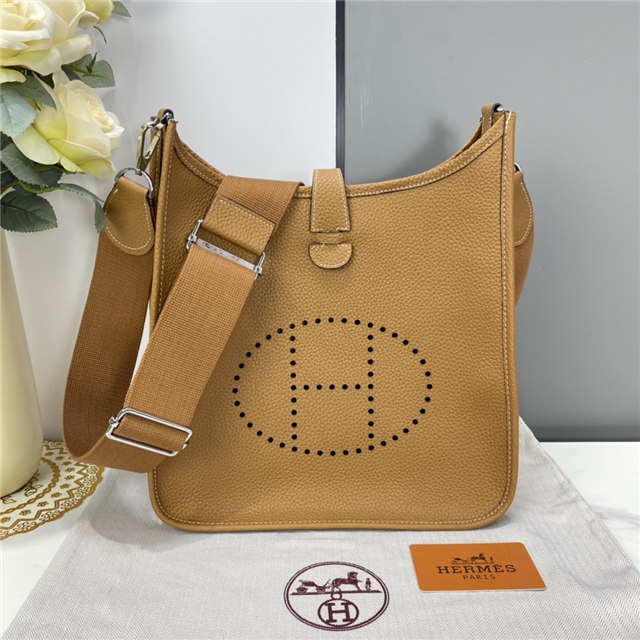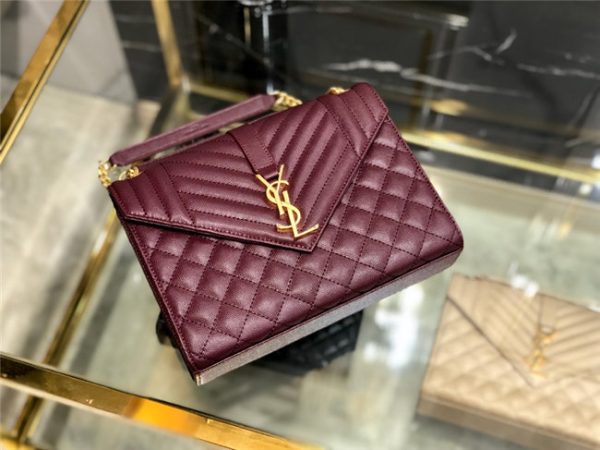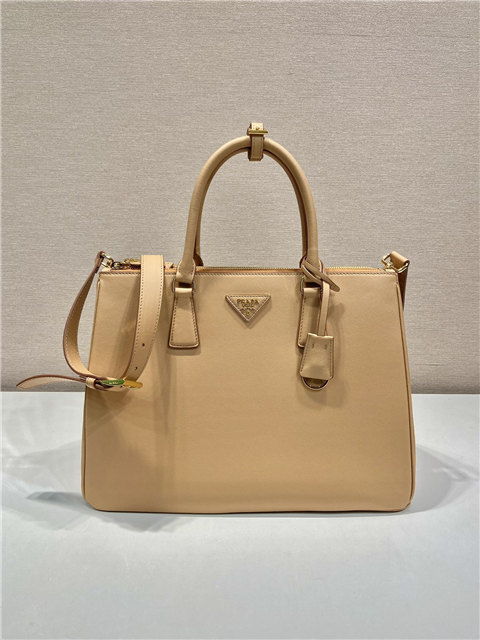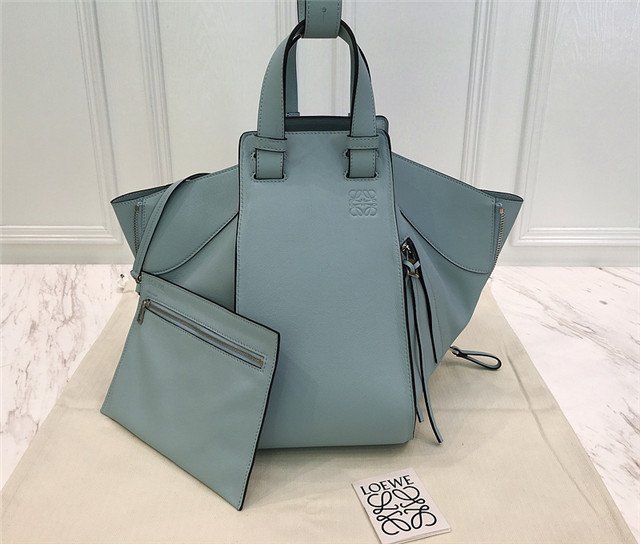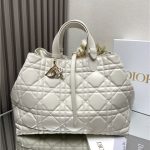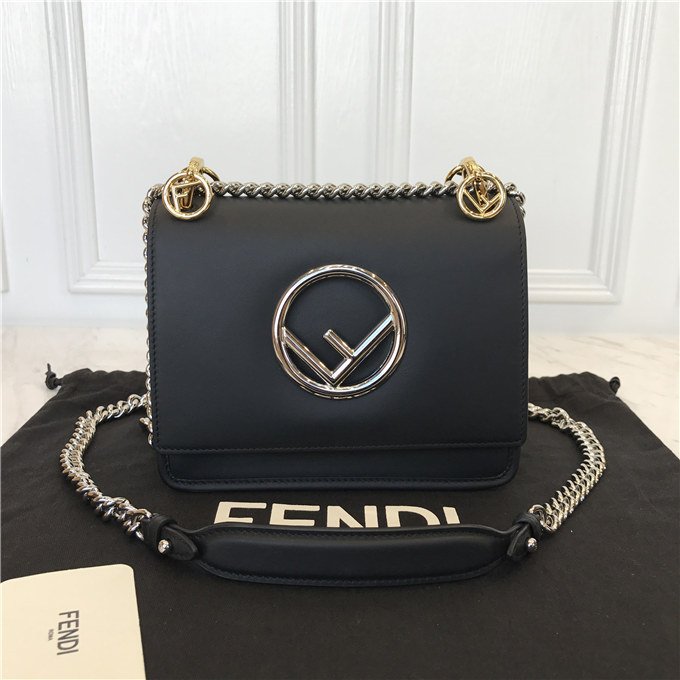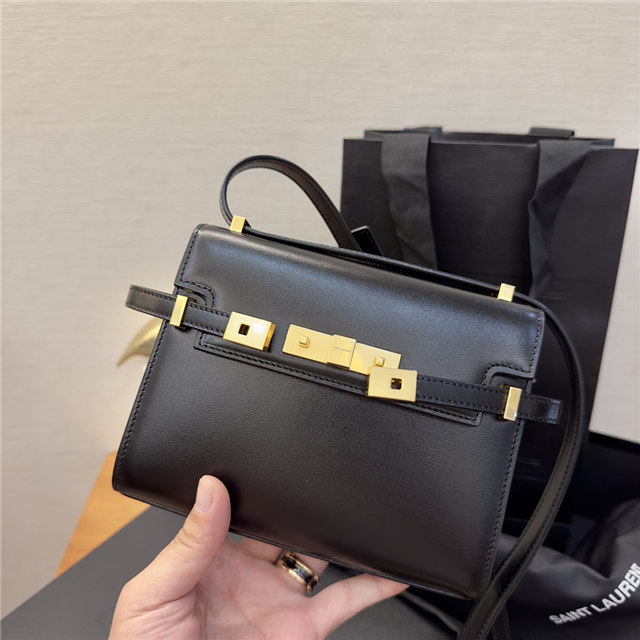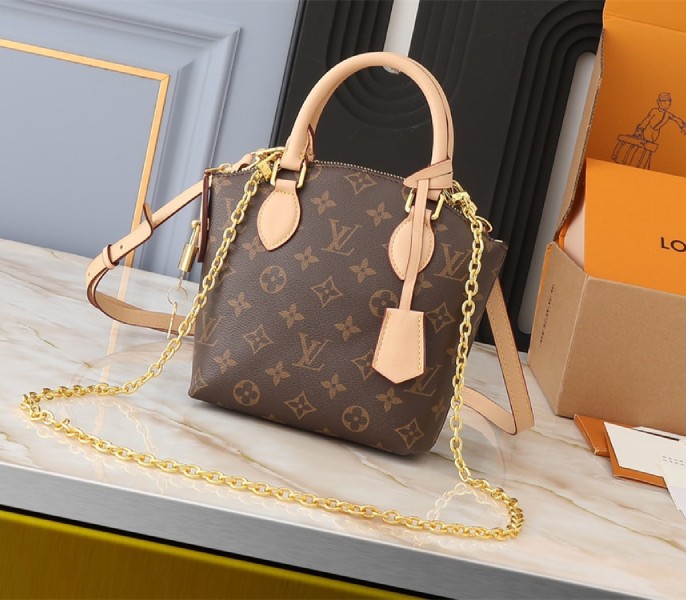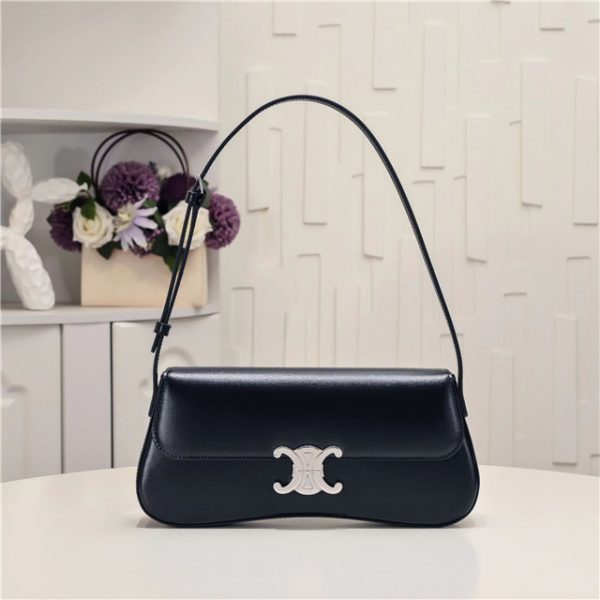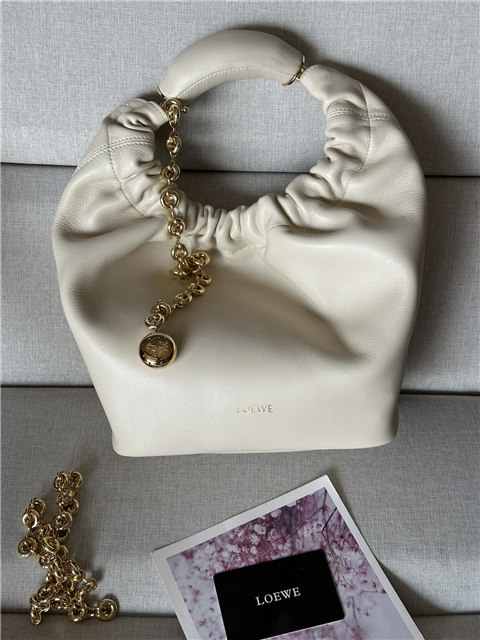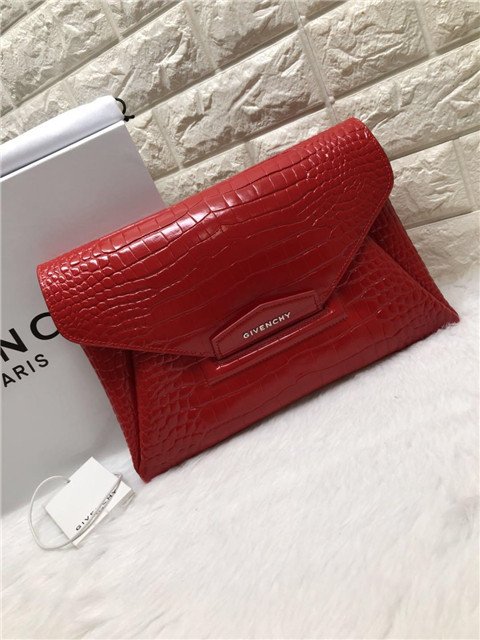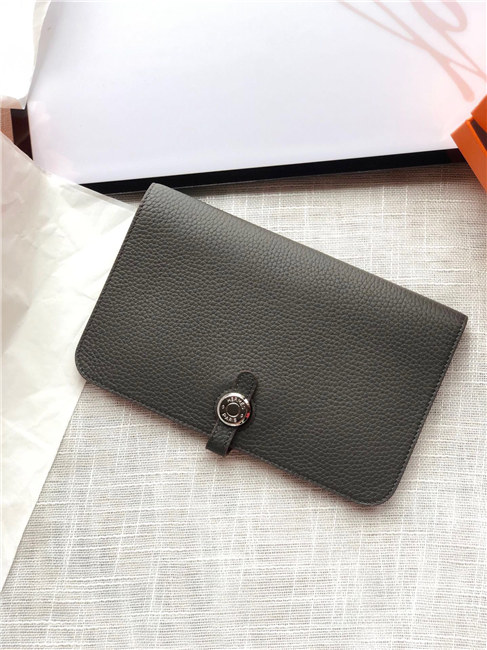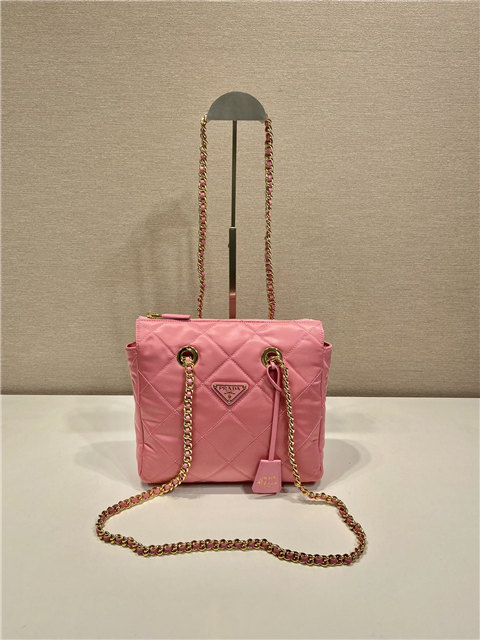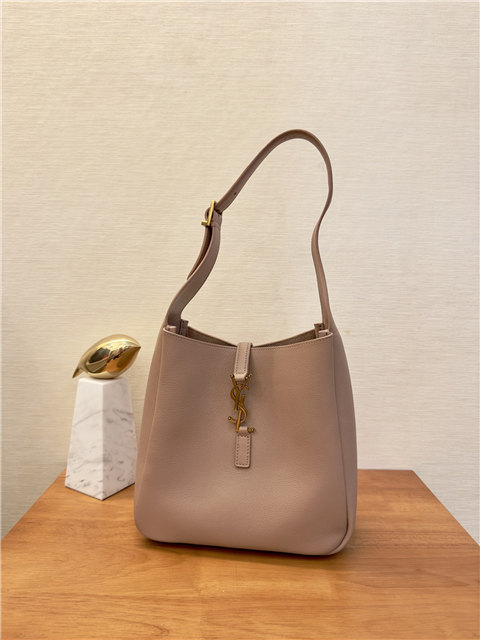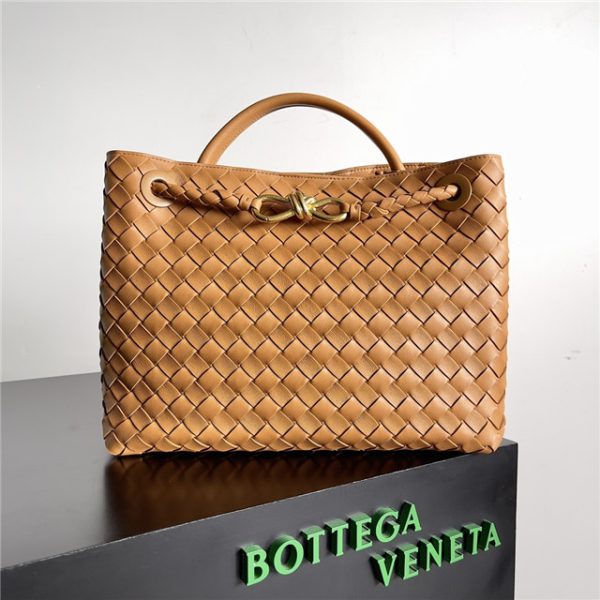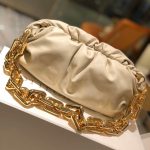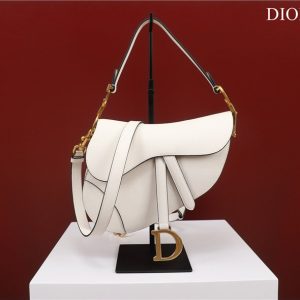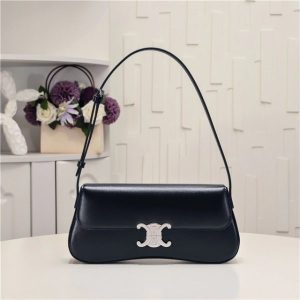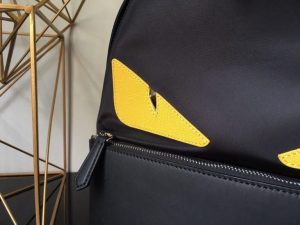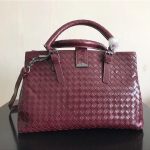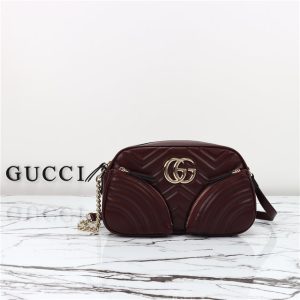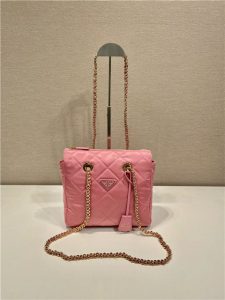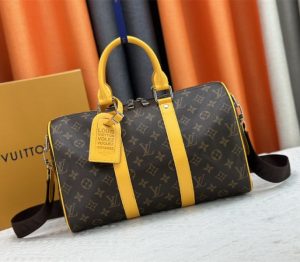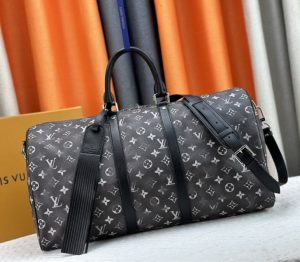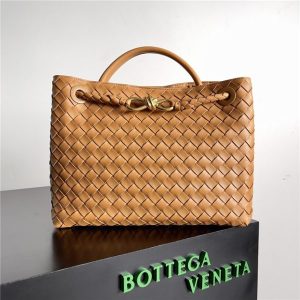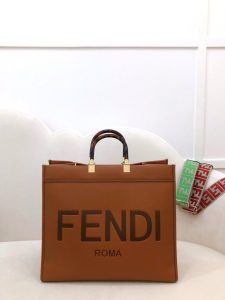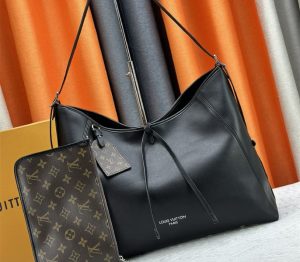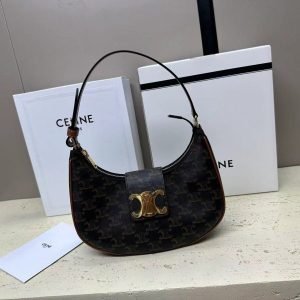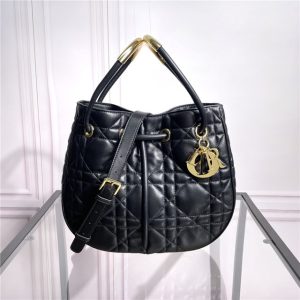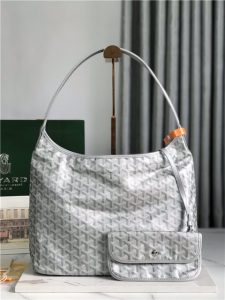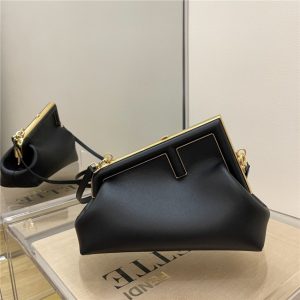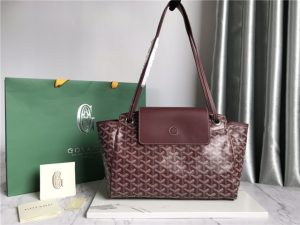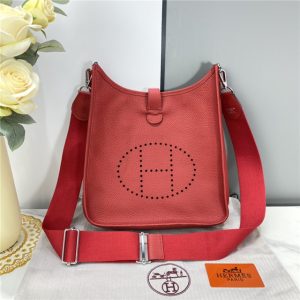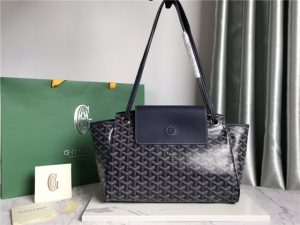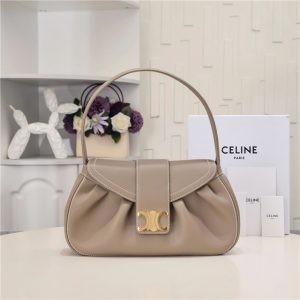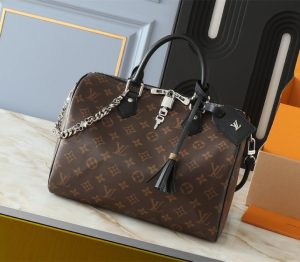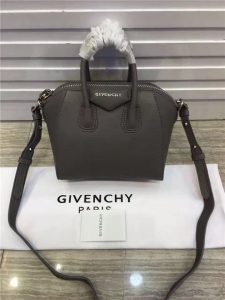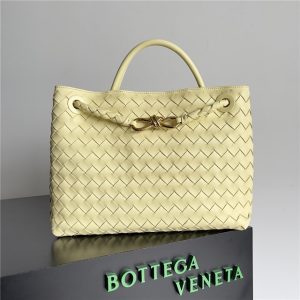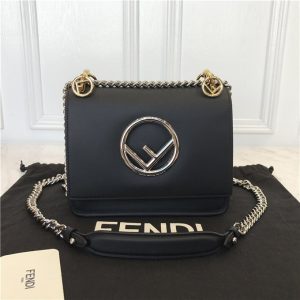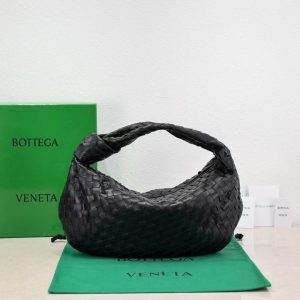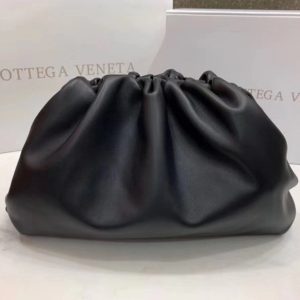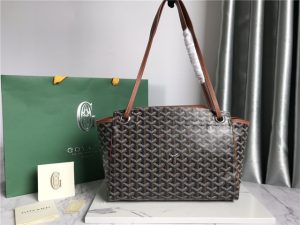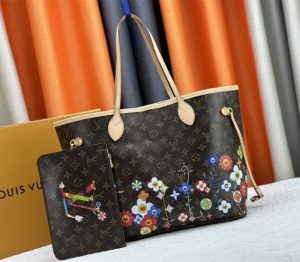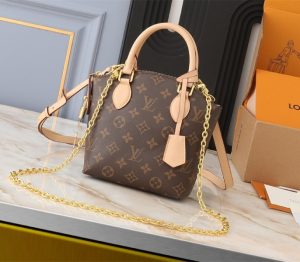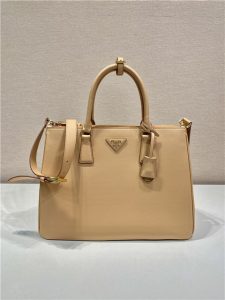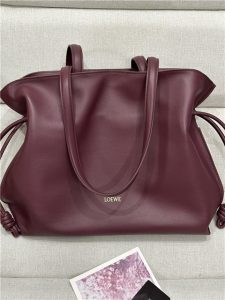First off, why even bother with a fake Bulova? Well, gold, duh. 18k gold, especially, screams *prestige*. But real 18k? That ain’t cheap. So some shady characters are out there trying to trick you. And honestly, Bulova itself, while a solid brand, has seen its share of ups and downs. So, you gotta be extra careful with vintage stuff, especially if it’s claimed to be some super rare, 1965 Accutron M5 kinda deal.
How do you even tell if that “gold” is legit? Well, the pros got ways, right? Acid tests, fancy scanners… but us regular folks? We gotta be a bit more resourceful. I’ve heard the magnet trick works sometimes – gold shouldn’t attract a magnet. But honestly, the best thing to do is get it checked by a real jeweler. Don’t just trust some guy selling it out of a suitcase, know what I mean?
And speaking of jewelers… they can also look at the hallmarks. Real 18k gold should have a stamp, like “18k” or “750” (because it’s 75% gold). But even that can be faked! They’re good at this stuff! So, look closely at the stamp. Does it look crisp and clean? Or kinda…smudged?
Also, the weight! Real gold is heavy. Like, *really* heavy. If that “18k gold” Bulova feels lighter than a feather, red flags should be waving like crazy. Now, I know, you can’t exactly carry around a scale when you’re browsing eBay. But trust your gut. Does it *feel* right?
I gotta say, sometimes, I even question the gold plating on some newer Bulovas. Sure, they *say* it’s gold plated, but how thick is that plating, really? Will it wear off in a year? Probably. It’s just a personal opinion, but I’m kinda skeptical of anything that’s supposed to be “gold tone” or “gold IP.”
And listen, about the price… if it sounds too good to be true, it probably is. Like, seriously. No one’s gonna sell you a real 18k gold Bulova for the price of a used Seiko. Use your brain, people!

